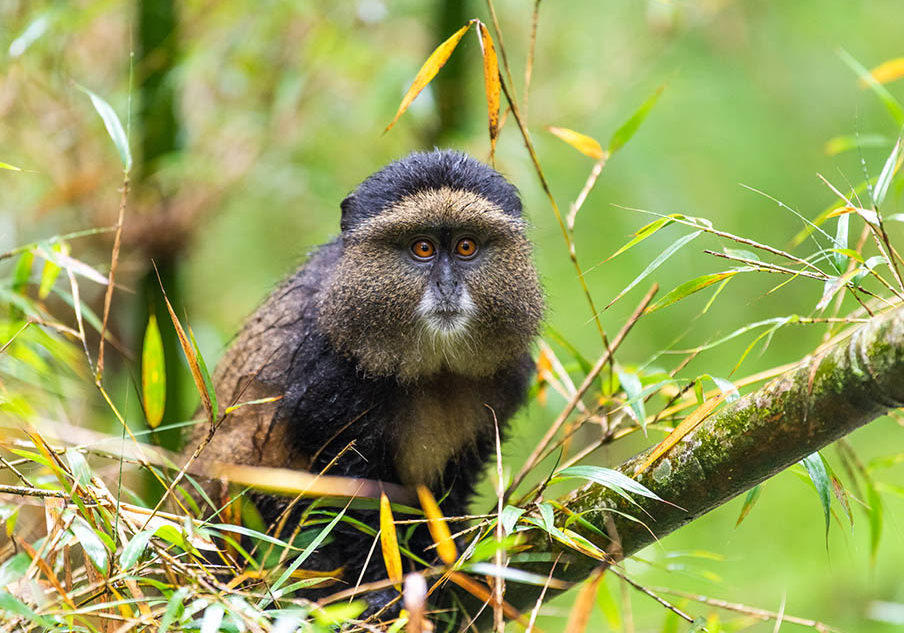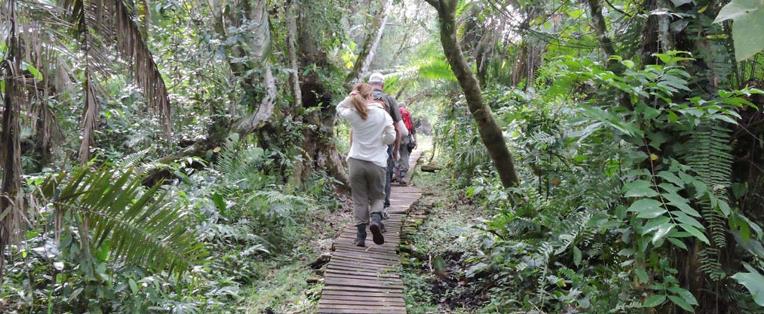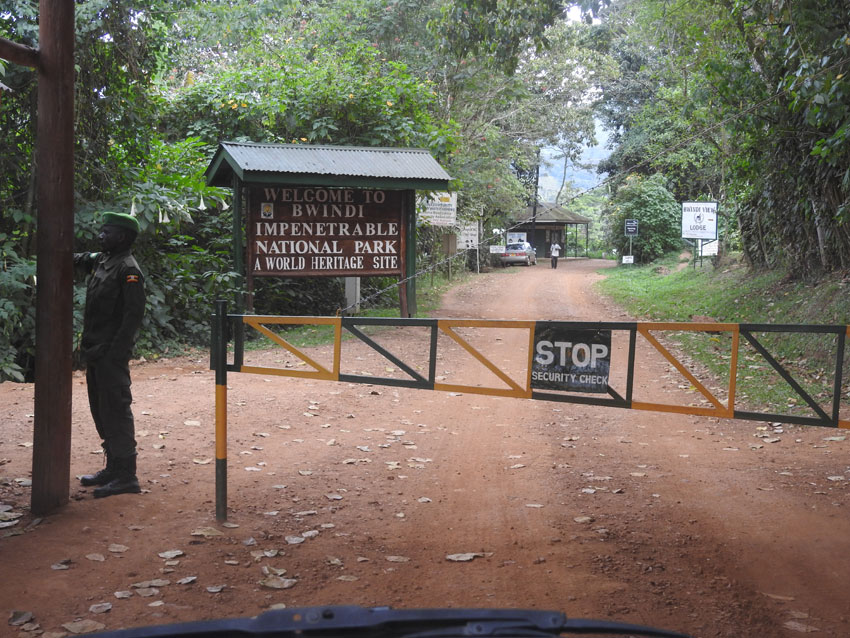
Facts about Queen Elizabeth national Park
Facts about Queen Elizabeth national Park
Facts about Queen Elizabeth national Park : Queen Elizabeth National Park is among the most popular savannah parks in Uganda and is among the best places to see wildlife including the rare tree climbing lions found in the Ishasha Sector.
Queen Elizabeth National Park is located in the western part of Uganda laying between Lake George and Lake Edward with the Kazinga Channel crossing through. The park is visited by many travelers from all over the world and this is attributed to its huge population of wildlife and over 618 bird species which is the 6th highest diversity in the world and the highest in Africa.
- Queen Elizabeth National Park is the oldest national park in Uganda
This popular Uganda wildlife safari destination was gazetted along with Murchison Falls National Park in 1952
- Queen Elizabeth National Park is among the largest protected areas in Uganda with an area of 1978 square kilometers, the park comes second to Murchison Falls National park and it hosts about 95 mammal species and 619 species of birds.
- Queen Elizabeth National Park hosts the largest number of hippos in East Africa, large herds of hippos in the park can be sighted along the Kazinga Channel and they are recorded to be over 5000 individuals. Other mammal species in Queen Elizabeth National Park include 3000 elephants and 1000 buffaloes, a number of antelope types like the duikers, reed buck, topis and the Statunga antelopes.
- Queen Elizabeth National Park has the biggest numbers of Kobs in Uganda and they are found in the shrubs along the Kasenyi plains and in the Kasenyi plains which is known to be the breeding grounds for the Uganda Kobs. Kazinga Channel in Queen Elizabeth National Park is the main water source attracting a lot of animals.
- Queen Elizabeth National Park is abundantly endowed with a lot of bird species, the park is ranked in the 6th positions of birding in the world and 2nd best area for birding in Africa. Queen Elizabeth National Park is internationally recognized by the International birding as an important Birding Area (IBA). Birds found in Queen Elizabeth National Park include Malachite and Pied Kingfishers, White-winged Terns, Swamp Fly-catcher, Grey-capped Warbler, Grey-headed Kingfisher, Collard Pranticole, African Jacana, Pin-tailed Whydah, Martial Eagle, Gabon and Slender-tailed Nightjars, the lovely Black-headed Gonolek, Great and Long-tailed Cormorants, Common Squacco Heron, African Skimmer, African Fish Eagle, Verreaux’s Eagle-Owl, Sedge Warbler, White-winged Warbler, Papyrus Gonolek, Papyrus Canary, Great White and Pink-backed Pelicans, African Mourning Dove, African Open-billed Stork, Black-rumped Buttonquail, Yellow-billed, open-billed and Marabou Storks among others.
- Queen Elizabeth National Park is located in the western Rift Valley Arm of Africa and lies on the rift valley floor which runs from Uganda to Malawi. From the terraces of Mweya Safari lodge cottages, you can easily identify where the direction Kazinga Channel. The channel flows West from Lake George to Lake Edward, however it is hard to know its direction because it is so slow.
- Queen Elizabeth National Park was formerly not known by its current name
The park was formerly known as Kazinga national park and later its name was changed to Queen Elizabeth National Park following the visit of Queen Elizabeth II of the Great Britain in 1952.
- Queen Elizabeth National Park is a twin park to Queen Elizabeth County Park in England
These two protected areas are twinned in a cultural exchange project, natural support, the main concern for this amalgamation is to promote and support conservation through empowering and working closely together with the local communities, the ones that implement the conservation plan.
- Queen Elizabeth National Park had no crocodiles about 10000 years in the Kazinga Channel, the enormous reptile population in the Kazinga Channel had to vacate the channel during the Volcanic active period in the western rift valley that filled Lake Edward with the volcanic ash from the eruption which made the water toxic for life to exist, leading to the disappearing of the crocodiles from these waterbodies. The crocodiles later returned to the water body through River Mubuku and they are currently and they are currently a trademark attraction in Queen Elizabeth National Park.
- Queen Elizabeth National Park was formerly a grazing land for the Basongora “an indigenous African pastoralist tribe”, when the area was gazetted as a protected area. The Basongola had to leave the area due to frequent cattle raiding by Buganda and Bunyoro Kingdom, the remaining Basongola were forced to resort to fishing from the lakes, Lake Edward, Lake George and Kazinga Channel. They formed the fishing villages of Busonga, Kasenyi, Katunguru among others.
- The first European to set foot in Queen Elizabeth National Park was Sir Henry Marton Stanley an English Explorer who visited Uganda in 1889 and by the time he visited Queen Elizabeth National park he did not find any human settlement but just vast vacant land. He had time to do a self-driven adventure through the plains of Queen Elizabeth National Park.






